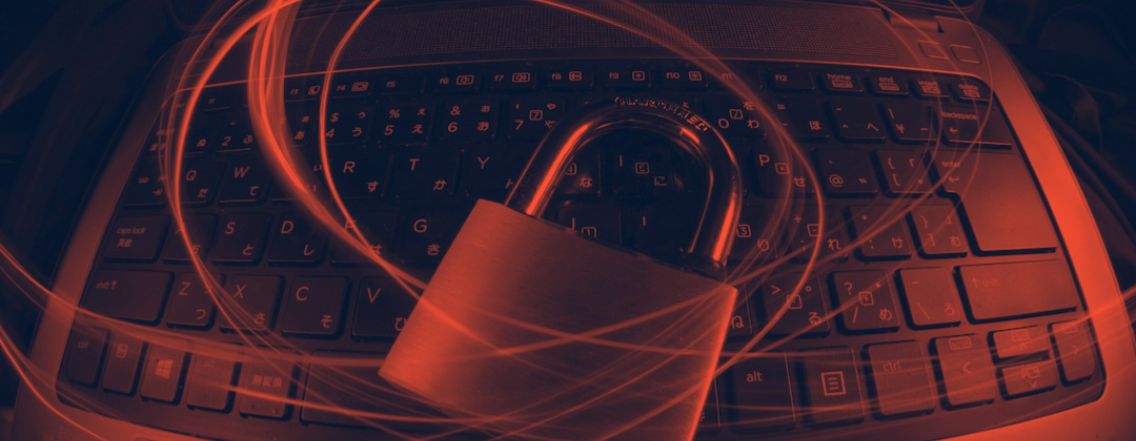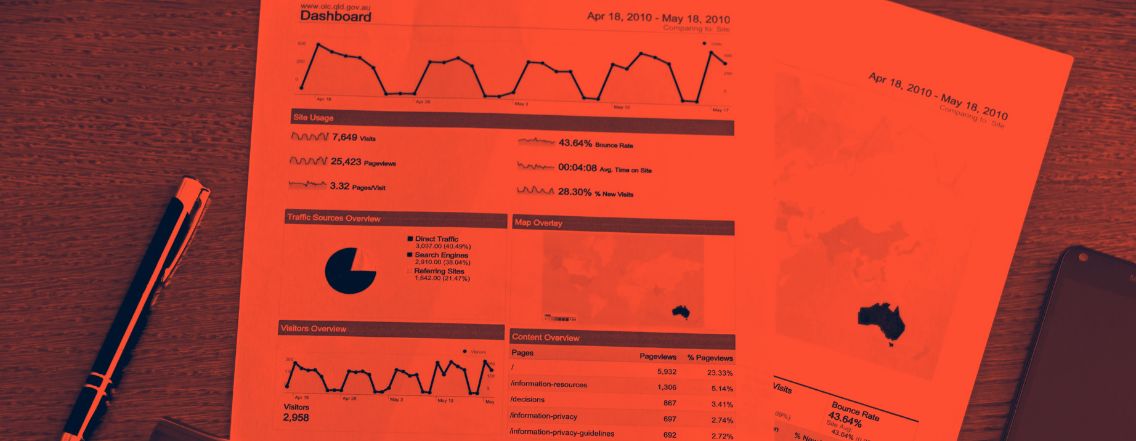Fraud prevention is a critical issue for the entire payment value chain, and it involves, among other things, IBAN verification.
Whether it’s for banks, payment service providers, or merchants like you, ensuring a payment goes through successfully is everyone’s concern!
Over the years, various mechanisms, particularly for SEPA payments, have been developed to ensure that transfers or direct debits reach their intended recipients.
As a result, IBAN verification has become the first issue that financial institutions have sought to address.
So, if you want to know how this all works, how IBAN verification functions, and what we offer at Slimpay on this topic, let’s dive in!
What is an IBAN, and what is It used for?
The IBAN, or International Bank Account Number, is a unique identifier or reference for an account within a bank.
This identifier consists of a sequence of letters and numbers, the format of which depends on the country, with the first two letters indicating the recipient’s country code.
For example, in France, an IBAN will always start with “FR” followed by a 25-character string consisting of letters and numbers representing:
– The bank code, which is 5 digits long
– The branch code, also 5 digits
– The account number, which is 11 characters long and includes both numbers and letters
– The IBAN control key, which is 2 digits long
It’s important to note that the IBAN is now the essential reference for making payments within the SEPA zone, whether it’s for direct debits or transfers (instant or traditional).
Why verify an IBAN?
When entering an IBAN today, errors can occur.
As mentioned earlier, the string of characters that make up an IBAN is relatively long, and since mistakes are human, inconsistencies can happen, whether by accident or intentionally.
For merchants, if the IBAN is incorrect and does not correspond to an existing account, the transaction will be rejected, potentially leading to fees for missing payment deadlines.
Such situations are not ideal for the cash flow and sustainability of your business.
Even though direct debits are currently one of the least fraudulent payment methods, fraud does exist, and there are other reasons to highlight the importance of IBAN verification.
To help you grasp the consequences of an unverified IBAN, here are a couple of examples 😊
Case number 1 : “Fake” direct debits: A fraudulent merchant registers as a direct debit issuer with a payment service provider and issues massive direct debits to IBANs they obtained illegally.
Case number 2 : IBAN identity theft for service subscription (recurring or not): This type of fraud is on the consumer side, where the consumer provides an account number that isn’t theirs, allowing them to benefit from a service without paying the final bill.
In figures this gives:
But how does an IBAN checker work?
How is an IBAN Verified?
IBAN verification is performed sequentially, starting with the entry of an IBAN by your consumers.
After entry, the IBAN verifier checks the format as defined earlier in this article to first identify the country code, which will determine the required number of characters for the account number.
Here are some examples of IBAN formats from neighboring countries:
– In Belgium : the IBAN consists of:
- The country code
- A control key
- The bank account number
- The national identification number
Example: BE12 3456 8901 2345
– In Germany : the IBAN consists of:
- The country code
- A control key
- The bank code
- The bank account number
Example: DE12 3456 7890 1234 5678 90
– In Spain : the IBAN consists of:
- The country code
- A control key
- The bank code
- The branch code
- The national identification number
- The bank account number
Example: ES12 3456 7890 1234 5678 9012 34
As you can see, the length of the IBAN varies by country, which is why an IBAN verifier must consider the first two characters corresponding to the country code to determine the expected format.
A common feature of all IBANs in the SEPA zone is the control key, regardless of its position in the account number string.
To calculate it, payment service providers have different options:
– Develop algorithms to check the consistency between all the data and the control key according to the country,
– Use APIs (Application Programming Interface) and integrate them directly into the payment process,
– Use a specific database to store all the management rules by country, which is often the case with traditional banks.
Regardless of the method used, an IBAN verifier proves to be an essential tool with significant advantages.
What are the benefits for merchants?
Adding an IBAN verifier for your transfers and direct debits offers several benefits:
– Fraud prevention: Fighting fraud is a key battle when it comes to payments. Using an IBAN verifier (or going through a service provider that offers one 😊) will allow you to verify the existence and authenticity of the IBAN and prevent potential fraud.
– Improved operational efficiency: You probably know that erroneous payments too often lead to manual processing. By verifying your customers’ IBANs beforehand, you can devote fewer resources and less time to focus on your company’s value-added activities.
– Data compliance: Don’t forget that all of this falls within a strict regulatory framework where security and anti-money laundering are closely monitored by European financial institutions.
And for your consumers?
Your consumers will also benefit, leading to the following advantages:
– Increased satisfaction: By notifying consumers as early as possible, they will have the opportunity to correct their information before the payment process is completed. This prevents disappointment at the end of the process when the information entered is incorrect.
– Increased trust: By ensuring IBAN compliance, even unconsciously, your customers will become aware of the measures taken to enhance payment security.
– Payment guarantees: Especially in the case of direct debits, knowing that the payment was successful and that the direct debit will be made on time will give your consumers peace of mind (assuming the account is funded 😊).
As you can see, the benefits are significant for both you and your consumers.
And to help you see things more clearly, did you know that Slimpay integrates IBAN verification?
How does Slimpay verify IBANs?
To verify IBANs, Slimpay uses a three-level verification system:
- The IBAN format as detailed earlier,
- The validity of the bank code and branch code,
- The use of the bank code and branch code.
With this three-level check, Slimpay reduces the risk of payment failure.
These checks are carried out for all IBANs used for payments through Slimpay’s solutions.
For those of you with high expectations for receiving your payments on time, pre-validating the IBAN is a security guarantee that you’ll receive the funds when due.
You now understand that an IBAN verifier is an indispensable tool to provide you with an additional layer of security and peace of mind.
Even though other developments are underway in the payment sector, IBAN verification is one of the main challenges for payment service providers offering SEPA payments, as we do at Slimpay 😊.
Looking to the future, we believe that combining IBAN verification technologies with emerging technologies such as AI or machine learning, which are being developed in the payment sector, would help standardize verification practices and improve payment security on a global scale.
What do you think? 😊




